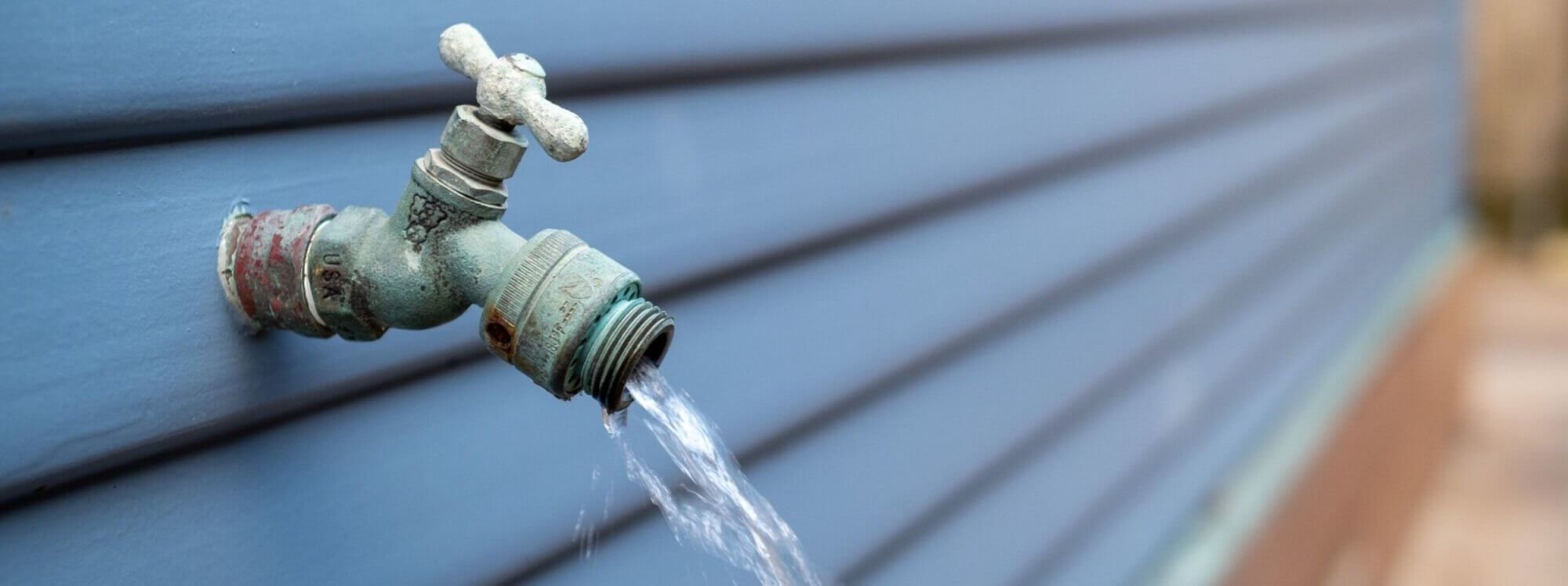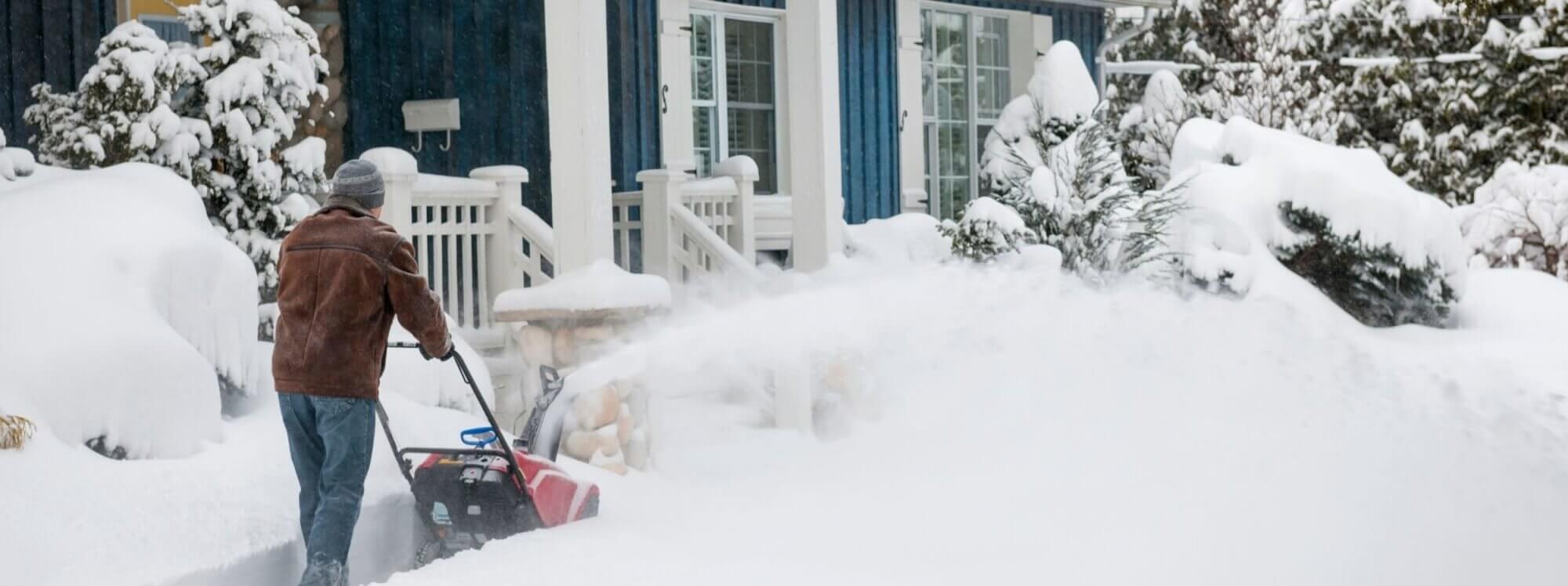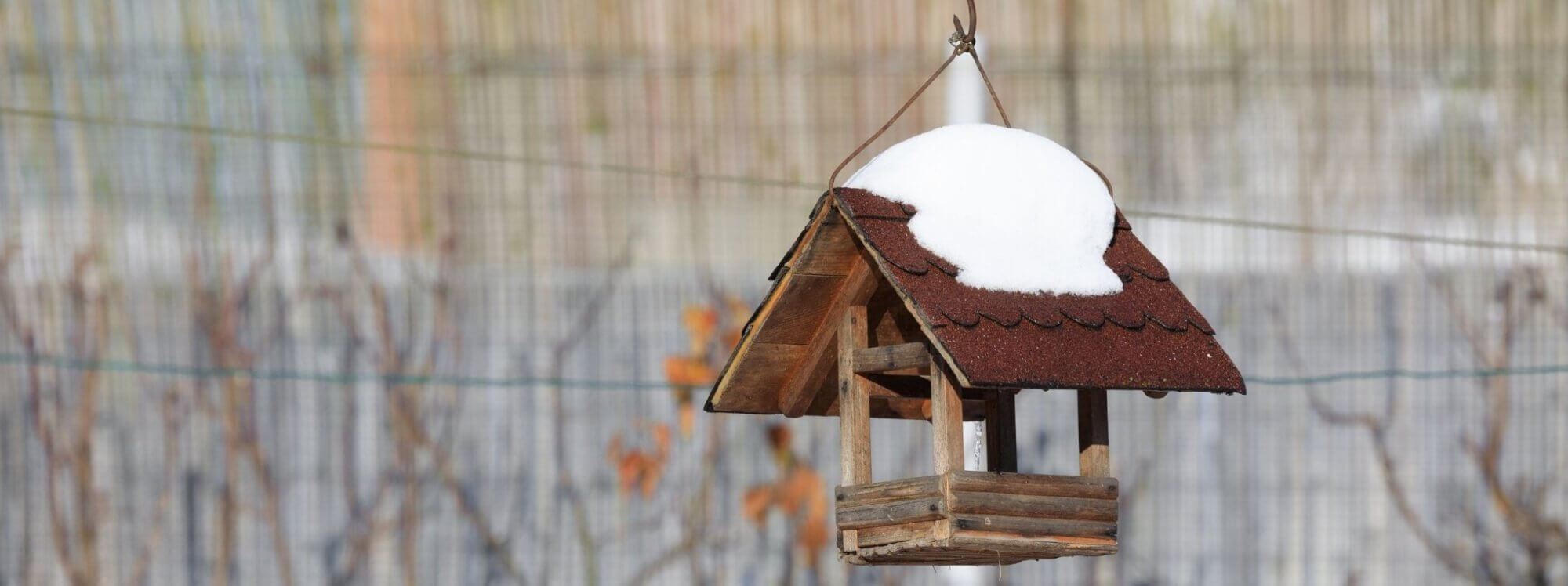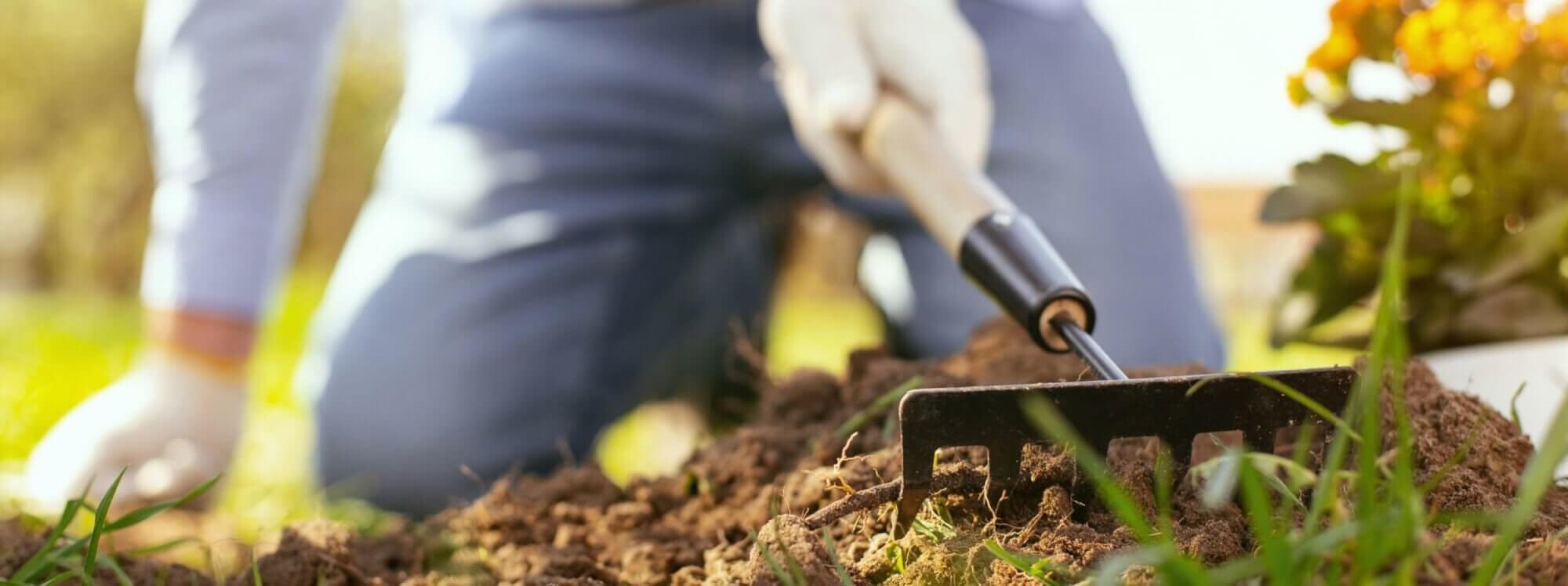An inspected furnace is an efficient furnace, leading to a toasty home and reduced heating bills. Additionally, an inspected furnace preserves your household health, since clean filters minimize air particle buildup and well-sealed vents reduce the risk of carbon monoxide poisoning. Spending around $100 (the national average, plus the cost of new filters) to get your furnace inspected and tuned up can provide incalculable savings to both your home and well-being.
What to Do
Ensure your furnace is in good working order prior to heavy use this winter.
What You’ll Need
The Basics
- Dust mask
- Gloves
The Works
- New air filter
- Foil tape
- Vacuum
How to Do It
In most cases, you should hire a professional to do a full furnace inspection and make any needed repairs. Beforehand, however, there are a few steps homeowners can take for a preliminary check.
All Furnaces
Go down to your furnace and look at the burner flame. Ideally, the flame should be steady and blue. If the furnace is running, listen for any unusual noises or vibrations.
Turn off both the fuel supply (gas line or oil burner) and power source to your furnace.
Locate the air filter and determine if it should be replaced. Purchase the appropriate size replacement filter from your local hardware store. Carefully remove the old filter and replace it with the new one. Discard the dirty filter.
Check the furnace’s flue pipe for any cracks or breaches. Minor breaches can be closed with foil tape whereas large cracks will require a full pipe replacement.
Gas Furnaces
Smell the area around the furnace for any gas odors. Check the batteries in your home’s carbon monoxide detectors and replace as needed. If anything seems off, call a furnace technician immediately.
Oil Furnaces
Check to see when you last had your oil filter changed on your furnace. If it’s been awhile or you can’t remember, schedule a filter replacement as part of an inspection.
Restore the fuel and power to your furnace.
If your heat is circulated through floor vents, remove their screens and vacuum out any collected dirt and debris. Wipe down screens and replace securely. Discard all collected dirt and dust.
LEGAL DISCLAIMER
The opinions expressed in this post are for informational purposes only. To determine the best financing for your personal circumstances and goals, consult with a licensed advisor.












